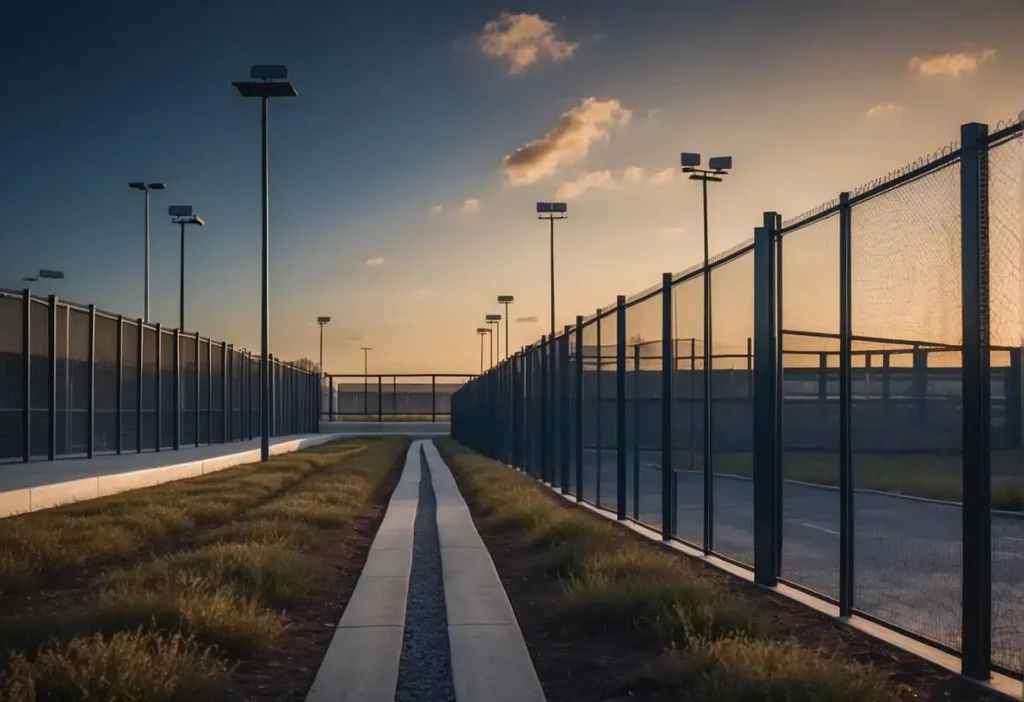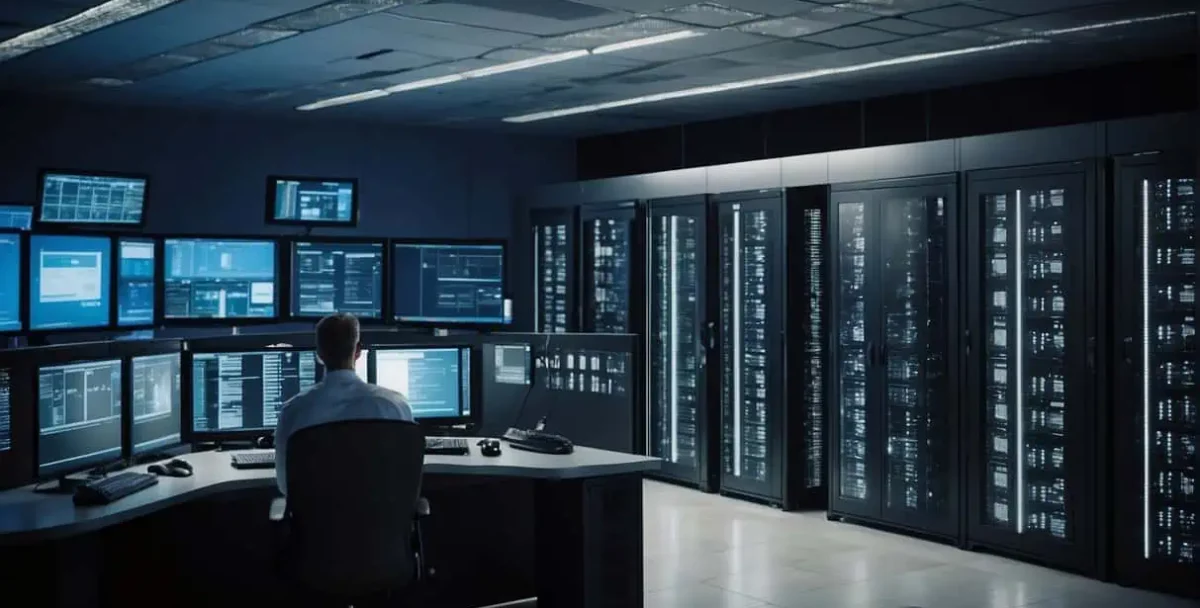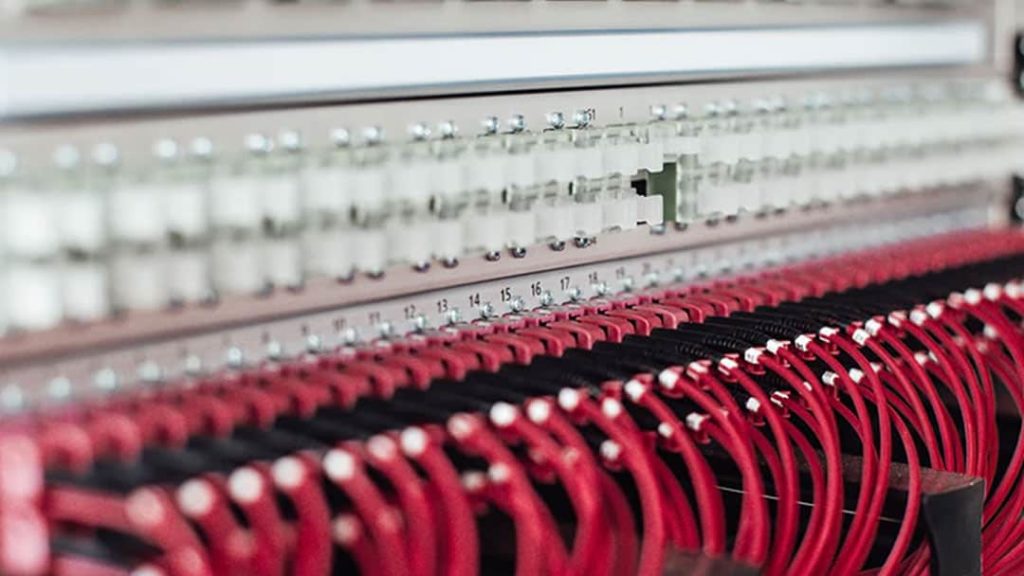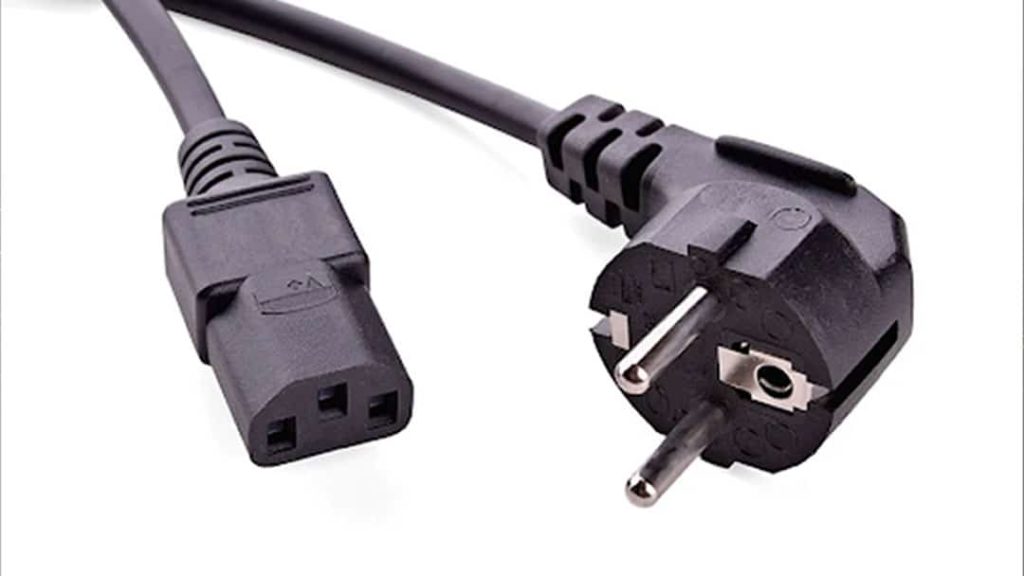Data center security refers to the comprehensive set of strategies, tools, and protocols employed to safeguard the facilities that house critical organizational computing resources. These highly specialized environments are repositories for vast amounts of sensitive data and critical applications that enable enterprises to conduct operations effectively. As centers that manage, store, and distribute an organization’s most crucial data, ensuring their security is paramount. This involves implementing a layered approach that includes both physical safeguards, such as access controls and surveillance, as well as cybersecurity measures like firewalls and intrusion detection systems to protect against internal and external threats.
The significance of securing a data center cannot be overstated, given the potential consequences of a breach, including loss of data integrity, service disruption, and considerable financial and reputational damage. Security measures must be dynamic and adaptable to counter evolving threats. Moreover, robust security protocols are essential not only to defend against malicious attacks but also to maintain regulatory compliance and to ensure business continuity and resilience.
Key Takeaways
- Data center security is essential for protecting sensitive information and maintaining enterprise operations.
- A layered security approach is vital, combining physical and digital measures.
- The security landscape requires continuous adaptation to evolving threats and compliance regulations.
Understanding Data Center Security

Data center security refers to a comprehensive set of policies, practices, and technologies designed to protect data centers from various threats. These security measures are critical for maintaining the confidentiality, integrity, and availability of information stored and processed within these facilities.
Fundamentals of Data Center Security
Physical Security: It begins with securing the actual facility. Measures include:
- Access Control Systems: To restrict entry to authorized personnel only.
- Surveillance Cameras: For monitoring and recording activities around the clock.
- Environmental Controls: Such as fire suppression systems and climate control.
Network Security: Protects against digital threats with:
- Firewalls: To monitor and control incoming and outgoing network traffic.
- Intrusion Detection Systems (IDS): For identifying potential network security breaches.
- Data Encryption: Ensuring information is unreadable to unauthorized users.
Operational Security: Involves policies and procedures for managing:
- User Access: Restricting data access to necessary users and roles.
- Security Audits: Regular inspections of practices and systems for compliance and effectiveness.
Data Centers and Cloud Security
Hybrid Environments: Data centers may operate in conjunction with cloud services, requiring:
- Shared Security Models: Providers and clients both assume responsibilities for security.
- Secured Data Transfer: Employing encrypted connections between data centers and cloud environments.
Cloud-Specific Security Measures: Include:
- Virtual Firewalls: To safeguard cloud resources.
- Multi-Factor Authentication (MFA): Adding layers of identity verification for accessing cloud services.
Physical Security Measures

Data center security encompasses a series of defenses to protect valuable IT resources against unauthorized access, theft, and physical damage. These measures ensure that only authorized individuals gain entry to the facility and that the equipment within operates in a safe and secure environment.
Designing Secure Locations
When establishing a data center, selecting a secure location is crucial. A secure data center should be situated away from high-risk areas such as power plants, earthquake fault lines, and under airplane flight paths to avoid potential service disruptions. Physical barriers and thoughtful site selection add a layer of security against natural and human-made threats.
Controlling Access to Facilities
Access to data center facilities is strictly regulated through a combination of security personnel, badge access systems, and biometric scanners. Locks and alarms are typically employed to secure entry points, with badges or fingerprint verification ensuring that only personnel with appropriate clearance can enter sensitive areas, maintaining a high degree of access control.
Surveillance and Monitoring Strategies
Video surveillance plays a central role in monitoring data center environments, enabling security teams to detect and respond to incidents rapidly. Cameras are deployed at strategic locations throughout the facility, including entry points, windows, and server racks, providing real-time alerts and evidence collection.
Handling Natural Disasters and Physical Threats
To protect against natural disasters and physical threats, data centers integrate redundancy for critical power and cooling infrastructures and employ robust construction materials to fortify the building itself. Sensors and alarms are crucial for detecting environmental hazards, such as water leaks or unauthorized entry, enabling swift response to protect the equipment and data.
Digital Data Protection

Digital data protection in data centers focuses on safeguarding sensitive data from cyber threats and ensuring the integrity and availability of this data. A multi-layered security approach considers various aspects of the digital environment.
Network and Virtual Infrastructure Secure Design
Secure network design is fundamental in protecting data centers from intrusions and exploits. Key elements include segmentation to control data flows and limit potential breaches, fault tolerance to maintain operations despite system failures, and hardware such as routers and switches that are configured to minimize vulnerabilities. Designing with ISO compliance in mind ensures that networks meet international security standards.
Establishing Firewalls and Detection Systems
Implementing firewalls is crucial for monitoring and controlling incoming and outgoing network traffic, based on predefined security rules. Alongside firewalls, detection systems such as Intrusion Detection Systems (IDS) and Intrusion Prevention Systems (IPS) are employed to identify and react to possible security threats in real-time. These tools are essential in providing visibility into network security and acting against malware, ransomware, and various other cyber threats.
Preventing Data Breaches and Cyber Attacks
Preventing data breaches requires a combination of security measures including, but not limited to, multi-factor authentication and security systems that monitor for phishing and other malicious activities. Additionally, the implementation of security tools that can detect unprecedented DOS attacks and sophisticated exploitation techniques drastically reduces the average cost associated with data security incidents.
Implementation of Compliance and Security Policies
Finally, strict adherence to compliance standards and security policies ensures that all aspects of a data center’s operations align with regulatory and best practice requirements. Through regular auditing, these policies hold the potential to significantly lower the risk of data breaches and enhance the overall secure data center posture. Compliance acts not only as a framework for security but also as a deterrent against external threats and natural disasters like hurricanes, maintaining the integrity of sensitive information.
Best Practices and Security Policies
An effective data center security strategy encompasses a spectrum of practices and policies designed to safeguard critical assets. Focusing on these strategic areas helps in maintaining the integrity of data, preventing breaches, and ensuring compliance with regulatory frameworks.
Establishing Robust Security Protocols
Robust security protocols are the cornerstone of data center security, addressing the protection of confidential information and intellectual property. These include the implementation of Multi-Factor Authentication (MFA) for system access and the use of complex passwords. Security measures must be comprehensive, extending from the physical to the virtual environment to protect against any form of vulnerability.
- Access Control:
- Grant access based on the principle of least privilege.
- Maintain updated records of authorized personnel and visitors.
- Data Security Measures:
- Encryption of data both at rest and in transit.
- Regular updates to firewalls and intrusion detection systems.
Regular Auditing and Compliance Adherence
Continuous auditing and compliance are critical in detecting vulnerabilities and ensuring that the security system meets both internal policies and external regulations. Data centers must regularly review their security measures for potential gaps and engage in regular risk assessment procedures.
- Audit Checklist:
- Inspect tools and policies for data integrity.
- Monitor for suspicious activity and security incidents.
- Compliance Protocols:
- Regularly update policies according to changes in compliance laws.
- Document all security policies and incident responses.
Training Staff and Promoting Security Awareness
Data centers must invest in regular training programs to raise security awareness among their staff. Training equips personnel with the necessary knowledge to handle sensitive information and to act promptly in the event of security threats.
- Awareness Programs:
- Conduct training on how to respond to data breaches.
- Emphasize the importance of safeguarding confidential information.
- Best Practice Sharing:
- Encourage knowledge sharing on the latest security trends.
- Update employees on new threats and defense mechanisms.
Frequently Asked Questions
The following frequently asked questions offer insights into enhancing security measures, important security standards, and the infrastructure components critical to data center security.
How can cybersecurity be enhanced in data centers?
Cybersecurity in data centers can be enhanced by implementing a multi-layered security strategy that includes both physical and virtual defenses. This involves deploying firewalls, intrusion detection systems, regular security audits, and ensuring strict access controls.
What are the essential items to include in a data center security checklist?
A comprehensive data center security checklist should include items such as up-to-date cybersecurity policies, effective visitor access controls, environmental monitoring, network security measures, and redundancy plans for power and connectivity.
Which standards govern data center security protocols?
Data center security protocols are governed by standards like ISO/IEC 27001 for information security management, the Payment Card Industry Data Security Standard (PCI DSS) for handling credit card information, and the Health Insurance Portability and Accountability Act (HIPAA) for healthcare data.
What solutions are available to ensure data center security?
To ensure data center security, solutions available include physical security measures like surveillance cameras and biometric access systems, as well as cybersecurity solutions such as Secure Sockets Layer (SSL) encryption, Virtual Private Networks (VPNs), and anti-malware tools.
What roles do security guards play in protecting data centers?
Security guards play a pivotal role in data centers by monitoring for unauthorized access or suspicious activity, ensuring compliance with access policies, and responding to security breaches and emergencies.
What are the key components of data center infrastructure that relate to security?
Key components of data center infrastructure that relate to security include the physical layout for controlling access, environmental controls to prevent equipment damage, redundancies to ensure uninterrupted services, and network infrastructure for secure communications.
Last Updated on February 12, 2024 by Josh Mahan




